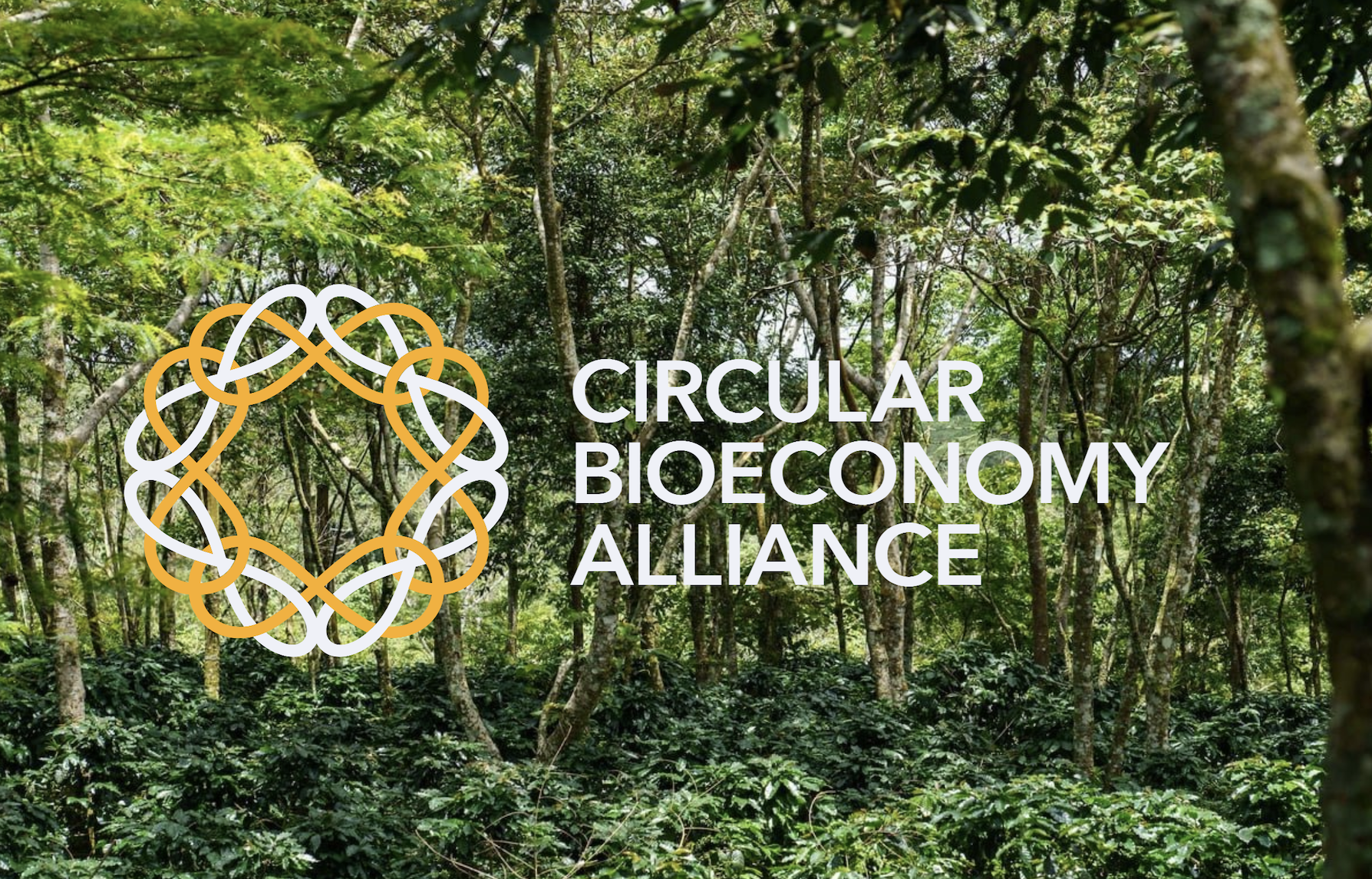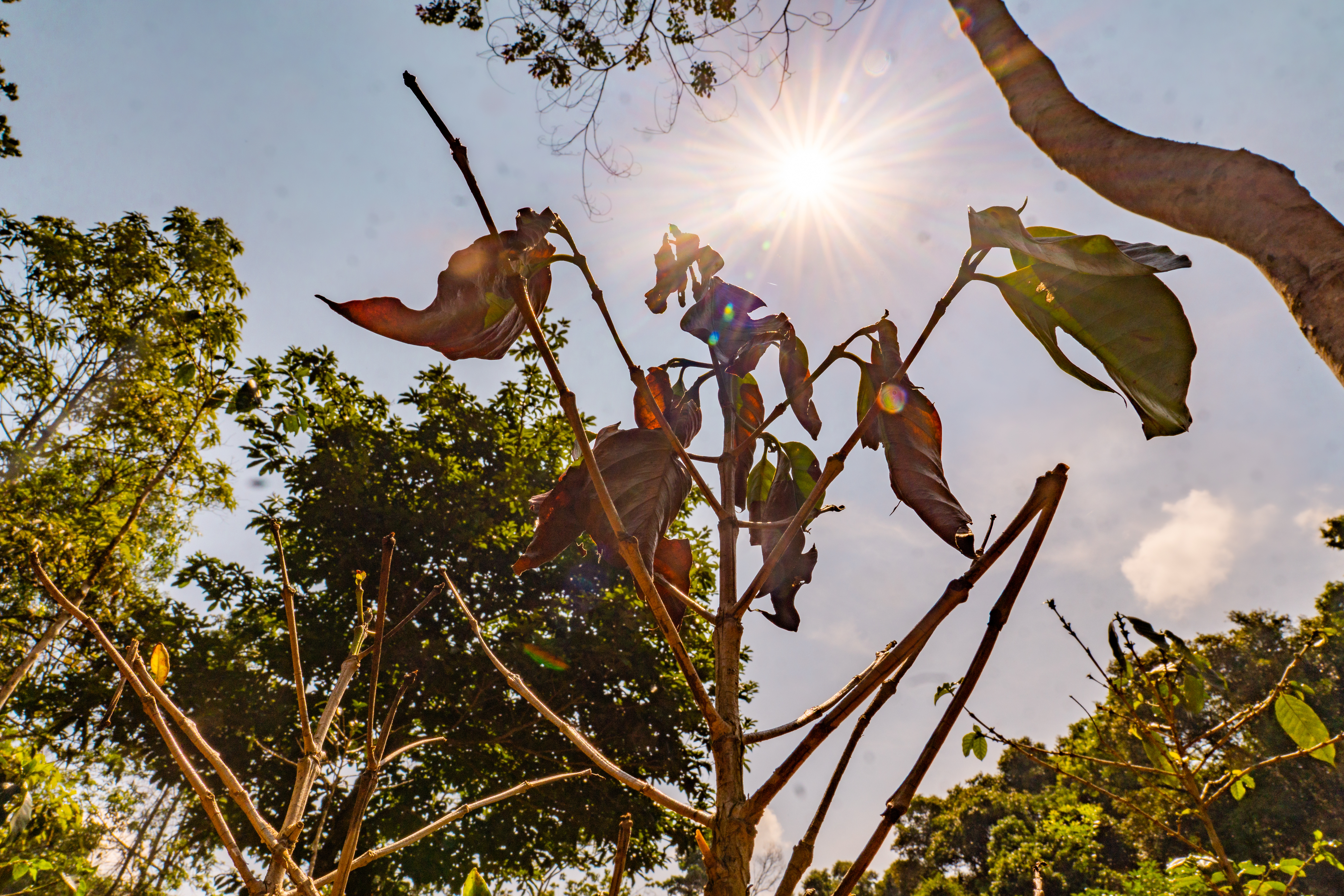Slow acquires African Coffee Roasters – A New Era for Sustainable Coffee
Big news from Slow. African Coffee Roasters is now part of the Slow family. And this isn’t just an acquisition—it’s a major step forward in how...
Coffee's journey from farm to cup is complex, with many trade-offs that link each cup of caffeine to deforestation and environmental change.
Popular coffee brands often source beans from large, global trade networks. Many of these beans come from tropical areas where coffee farms are expanding into national parks and protected forests. This conversion of land disrupts fragile ecosystems, displaces wildlife and contributes to deforestation. It also means that every coffee drinker plays a role, intentionally or not, in this environmental impact.
Today, millions of hectares of former forestland are dedicated to coffee plantations, especially in tropical regions. Coffee was traditionally grown as a shade-loving plant under tree forest canopies, where trees helped keep soil healthy, water in balance and carbon stored. But high-yield, sun-grown coffee, driven by rising demand, has turned dense forests into open fields, further pressuring these landscapes.

In 2023, the European Union imported 2.7 million tonnes of coffee, worth €10.6 billion, mostly from Brazil, Vietnam and other tropical countries. EU-driven coffee demand alone now accounts for roughly 7% of deforestation in supplier countries, afigure that represents the hidden environmental costs behind each cup.
Beyond the EU, coffee consumption in wealthy nations is another factor, indirectly leading the loss of about four trees per consumer each year. As coffee imports and other tropical products like cocoa and palm oil increase, the impact on tropical forests only grows. For smallholder farmers and communities dependent on coffee, the reality is that clearing forest land is often the fastest path to economic growth.

Tropical deforestation.
Forests have long sustained communities and held cultural significance, but the expansion of agriculture continually pushes their boundaries. In countries like Laos, where coffee is a rising crop, this struggle plays out daily. The chain from smallholder farmers to middlemen to exporters often hides the true costs of production, and economic pressures on farmers only add to the strain on forests.
If we want to reduce the caffeine connection to deforestation, we need to understand and address why forests are being felled. Supporting sustainable coffee options, like shade-grown or agroforestry-based coffee, can help relieve this pressure. Each coffee choice we make connects us to a much larger impact. By prioritising coffee that works with nature instead of against it, we can support a future where coffee doesn't have to mean deforestation.

Big news from Slow. African Coffee Roasters is now part of the Slow family. And this isn’t just an acquisition—it’s a major step forward in how...

A few years ago, coffee and chocolate were just products. But at Slow, we’re changing the story. We’re not just selling beans and cocoa, we’re...

For years, coffee prices moved with supply, demand, and speculation. That equation has changed.